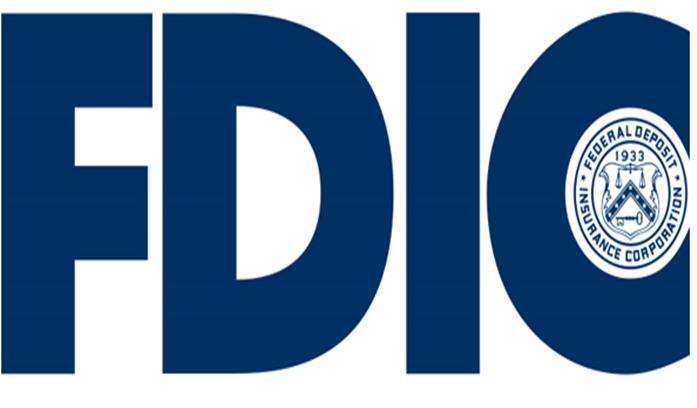“They would bring me in after they’d made their decision on what needed to be done, and without giving me any information they would say, ‘You have to do this or the system will go down.’ If I heard that once, I heard it a thousand times.”
~
Sheila Bair’s Bank Shot
‘They should have let Bear Stearns fail,” Sheila Bair said.
It was midmorning on a crisp June day, and Bair, the 57-year-old outgoing chairwoman of the Federal Deposit Insurance Corporation — the federal agency that insures bank deposits and winds down failing banks — was sitting on a couch, sipping a Starbucks latte. We were in the first hour of several lengthy on-the-record interviews. She seemed ever-so-slightly nervous.
Long viewed as a bureaucratic backwater, the F.D.I.C. has had a tumultuous five years while being transformed under Bair’s stewardship. Not long after she took charge in June 2006, Bair began sounding the alarm about the dangers posed by the explosive growth of subprime mortgages, which she feared would not only ravage neighborhoods when homeowners began to default — as they inevitably did — but also wreak havoc on the banking system. The F.D.I.C. was the only bank regulator in Washington to do so. During the financial crisis of 2008, Bair insisted that she and her agency have a seat at the table, where she worked — and fought — with Henry Paulson, then the treasury secretary, and Timothy Geithner, the president of the New York Federal Reserve, as they tried to cobble together solutions that would keep the financial system from going over a cliff. She and the F.D.I.C. managed a number of huge failing institutions during the crisis, including IndyMac, Wachovia and Washington Mutual. She was a key player in shaping the Dodd-Frank reform law, especially the part that seeks to forestall future bailouts. Since the law passed, she has made an immense effort to convince Wall Street and the country that the nation’s giant banks — the same ones that required bailouts in 2008 and became known as “too big to fail” institutions — will never again be bailed out, thanks in part to new powers at the F.D.I.C. Just a few months ago, she went so far as to send a letter to Standard & Poor’s, the credit-ratings agency, suggesting that its ratings of the big banks were too high because they reflected an expectation of government support. If a too-big-to-fail bank got into trouble, she wrote, the F.D.I.C. would wind it down, not bail it out.
Check out the rest of this in-depth interview here…
~


Sheila Bair is a criminal. The mafia could only dream of her career accomplishments. Nice that she is no longer an employee of royal FDIC.
Sheila Bair is so smart…..she is on our side…. not so bankster friendly….therefore she goes largely ignored.
The loan mod plan was a ruse to slow the bleeding of the TBTF institutions. That PONZI SCHEME MORTGAGE FRAUD DEBT was unsustainable and created out of mere speculation and Ms. Baird had to know that. THAT DEBT WAS CREATED ILLEGALLY WITH THE — USE OF MASSIVE RAMPANT FRAUD. No one should ever be deemed TBTF. That term is dangerous and causes more speculation and no fear for investors from investing in more and more tremendous risk Lack of regulation is the weapon they used to ring MAINSTREET up in the first place. For Ms. Baird and the FDIC it seems they were targeted with lack of employees to intentionally weaken them from protecting the consumer. If it they are not stopped they will completely destroy MAINSTREET and that is what they fully intend to do. The raising of the debt ceiling is also a TBTF scare tactic they are using to make MAIN STREET PAY FOR ALL OF THE FRAUD. THAT DEBT IS UNSUSTAINABLE AND WILL DESTROY US. MAKE THE CRIMINALS PAY. Sheila Baird simply can’t lie for them anymore, she knows they are trying to destroy MAINSTREET with massive, unregulated, unsustainable fraudulent debt creation and the selling of that fraudulent speculation to their clients VIA WALL STREET. THEY ALL HAVE GIANT GAMBLING PROBLEM ON WALL STREET AND THEY LOVE TO CREATE RISK AND GAMBLE ON THAT RISK AND NO ONE WANTS TO STOP THEM.. It is all ONE GIANT ONGOING CRIMINAL PONZI SCHEME MAKE THE WALL STREET CRIMINALS AND THEIR COHORTS, THE SO CALLED ELITE, PAY THE NATIONAL DEBT, THEY CREATED IT OUT OF MASSIVE FRAUD.
Great article. Geithner needs to go.